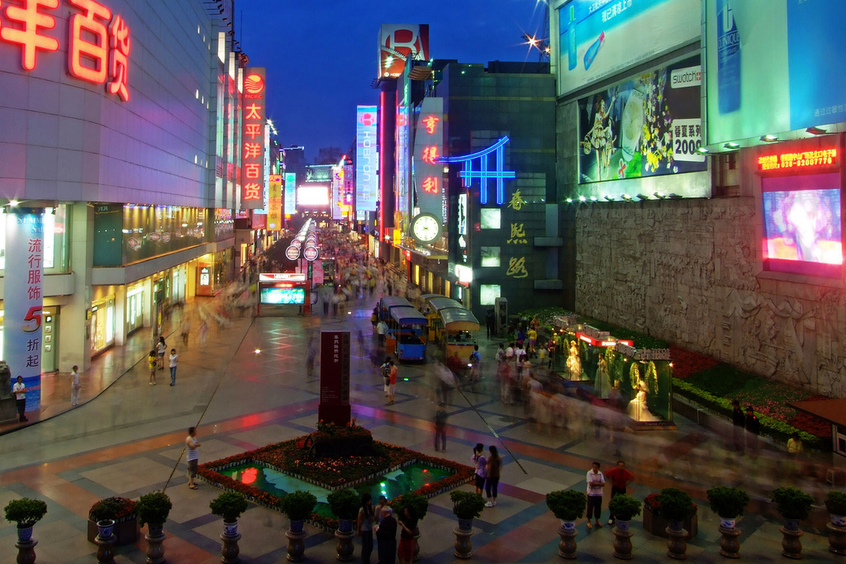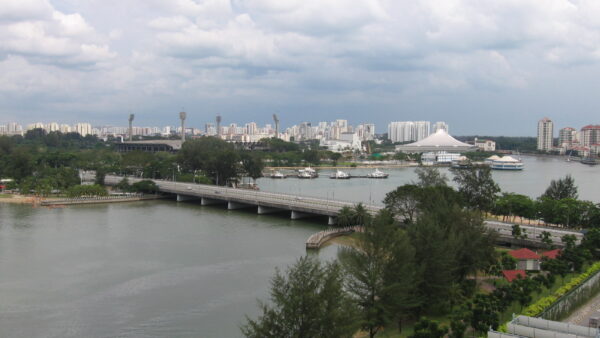With a view to saving millions on streetlights, scientists in the southwestern Chinese city of Chengdu plan to launch “artificial moon” satellites starting in two years that would focus the sun’s rays on the city at night.
The first, predicted to reflect light eight times brighter than the real moon, will be launched in 2020. If it works, three more would be sent into orbit 500km above Chengdu’s streets in 2022.
By adjusting satellites’ reflective panels, operators could concentrate light onto a circular area ranging in diameter from 10km out to 80km, bathing the city in a “dusk-like glow”.
Wu Chunfeng, chairman of Chengdu Aerospace Science and Technology Microelectronics System Research Institute Co. Ltd., announced the plan at a mass innovation and entrepreneurship conference in Chengdu on 10 October, state newspaper People’s Daily reported.
If the artificial moons illuminated just 50 sq km of the city, Chengdu could save around $174m in electricity a year, Wu later elaborated to China Daily, which described him as a leading scientist and head of Chengdu’s Tian Fu New Area Science Society.
In the 2020 test, the artificial moon would light up an uninhabited desert, Wu told China Daily.
“The first moon will be mostly experimental, but the three moons in 2022 will be the real deal with great civic and commercial potential,” he said.
The three could take turns reflecting sunlight as each would not always be in the best position relative to the sun, he said.

Will anyone notice? Night time in bustling Chunxi Street, Chengdu (Charlie fong/Wikimedia Commons)
Together, they could illuminate an area of around 3,600 to 6,400 sq km for 24 hours a day, if desired, he said, adding the light can also be dimmed or switched off.
He said the satellite’s brightness would be eight times that of Earth’s existing moon, and would be bright enough to replace street lights in the city, which has approximately 10 million inhabitants in its metropolitan area.
Testing of the satellite started a number of years ago, and now the technology has matured, Wu claimed.
According to People’s Daily, the idea came from a French artist who imagined hanging a necklace of mirrors above the earth that could reflect sunshine continuously onto the streets of Paris.
Wu acknowledged concerns that Chengdu’s bespoke moons might upset sleep rhythms for people and wildlife.
But Kang Weimin, director of the Institute of Optics, School of Aerospace, Harbin Institute of Technology, told People’s Daily that the light would be a “dusk-like glow”, dim enough not to interfere with circadian rhythms.
Chengdu, capital of Sichuan province, has become a high-tech business hub in China, with projects launched in the Chengdu Hi-Tech Industrial Development Zone in January this year bringing nearly $1.2bn in investment, reports The Daily Telegraph.
Global firms including IBM, SAP, NEC, GE, Huawei, and Siemens have headquarters there, and the city is said to have more than 24,000 hi-tech companies, 965 research and development institutions and 31 “unicorns”, meaning start-ups valued at more than $1 billion, said the Telegraph.
Top image: Super moon over City of London, March 2018 (©User:Colin/Wikimedia Commons/CC BY-SA 4.0)
More on urban lighting:










